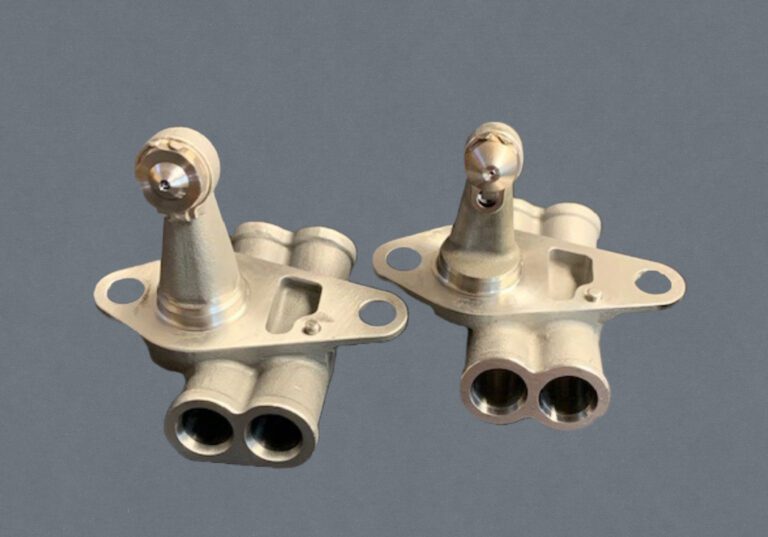Fuel Nozzles series Part 1 - Simplex vs Duplex
Owning an aircraft, as we all know, requires work, and maintenance, inspections and of course money. Having a PT6A workhorse engine is no exception, and managing that engine requires many scheduled and some unscheduled events. Some are critical and some are more preventative. One often overlooked crucial element is the fuel nozzles, which can contribute greatly to your engine’s overall health. In the next few posts, we will be discussing the various types of nozzles for your PT6A engines and give a few short recommendations that have been prepared by our team. The BG team, with a combined experience of over 120 years in the aviation industry, is here to help with your day-to-day operations.
It’s important to note that the PWC Maintenance Manual should always take precedence and its recommendations by the OEM should always be followed to a tee in order to maintain your engine’s warranty, lifespan and even value.
Knowledge & Experience are Key
When it comes to fuel nozzles it’s crucial that they be handled by someone with vast experience and knowledge. Often times this task is delegated to “the new guy” which is contrary to the best interests of the operator. This task should never be taken lightly.
Let’s start off by discussing the various types of fuel nozzles:
Simplex Fuel Nozzles
On the PT6 workhorse engines there are primary and secondary simplex nozzles. When starting the engine, the fuel is distributed to solely to the primary nozzles (which have one single orifice), and later when the given N1 is achieved, the secondary nozzles will engage. The most typical configuration is set up all in primary, however; there are exceptions depending on the model of the engine as well as a few other factors. Other times the configurations will differ and will be based on a mathematical ratio, see the Maintenance Manuals if you would like further information on this subject.
Duplex Fuel Nozzles
With duplex nozzles, it’s a little different. The fuel is distributed in a similar way, but done in two stages:
- Initial spray upon startup
- With the secondary engaging as the engine revs up.
The main difference here is that all the nozzles are exactly identical and instead of having only orifice, they have two passages and two concentric ones in the tip that equally spray the fuel. So, in this instance the job of the primary and secondary are in effect within the same nozzle.
Stay tuned for our next posts about safely removing the nozzles, visual inspections, checks and tests. If you would like to have a training session by a qualified professional coach please contact us and we’ll be happy to provide a quote for a customized course for your team.
We also recommend you to consult with the support staff over at P&WC if you any doubts.

